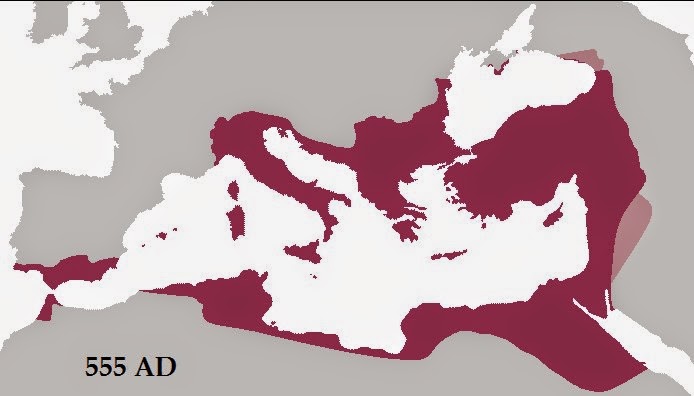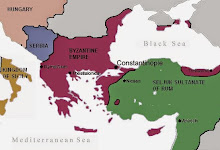
When in labor the artist, beginning, imagines. Mia always created beauty…the starry heavens above, and below, the fertile earth. Portraying the splendorous earth…it was not without pain. Form worlds and fill empty canvasses and capture darkness. She was riding on waves, the restless face, foaming of tides, the ocean deep, cold and mysterious, the undulating spirit, womb of creation. Mia miraculously moved brush on canvas, the artist’s face full of inspiration, the turbulent waters rising and falling. Mia once said, ”Contrasts let whatever there is, be.” Bright light, darkness and shadow; there always was intense light illuminating and defining. Mia truly saw through the blinding light into that which it really was…the good: truth and purity. Mia skillfully divided shadows, the glimmering light arising from within the impenetrable darkness. If Mia ever called for the sun, light of day appeared, and likewise the moon. Darkness, even he, when called, obeyed…night fell.
[ Mia is an anagram for I am, the name of God. To discover the secret hidden within the poem read every other word beginning with the second word, then the fourth and so on.]
By Sling
[ Mia is an anagram for I am, the name of God. To discover the secret hidden within the poem read every other word beginning with the second word, then the fourth and so on.]
By Sling





